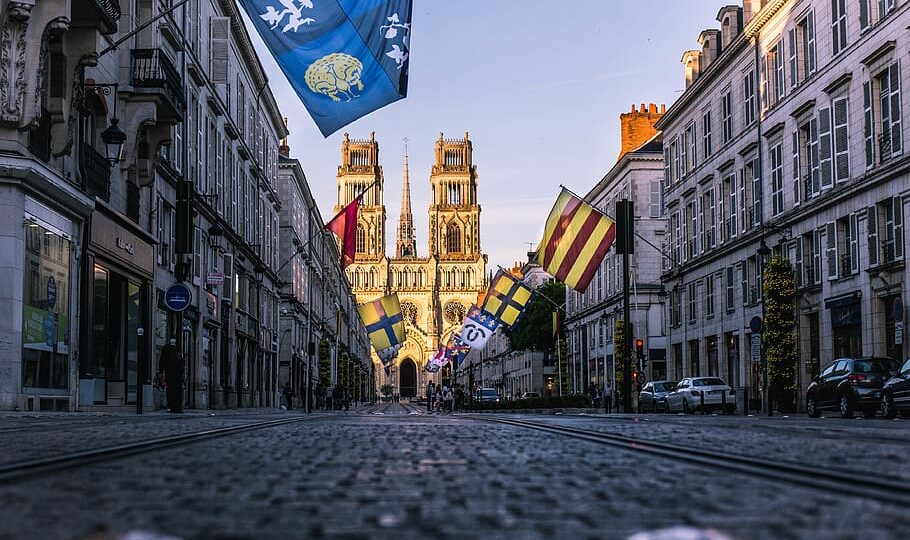Is Orléans France Worth Visiting?
Easy to reach from Paris, Orléans is the ideal starting point to feel the soul of Loire Valley. But to do better than a trip around the region, exploring the amazing city of Orléans might be the highlight of your entire time in France. It is worth staying in with charming old quarter from around the 1700s and 1800s streets with arched galleries that reveal a prosperous and thriving history.
The city’s history is heavily mixed with Joan d’Arc, who, during the siege of Orléans, a war between the French and English (1339-1453), lead the French army to victory after a long siege. All over Orléans, you can see the celebration of Joan and her liberation of Orléans, especially in the cathedral’s stained glass.
People who want to know more about Joan’s achievements should visit the Maison de Jeanne-d’Arc at 3 pl du General-de-Gaulle. This place is a half-timbered structure and is a reconstruction of the city’s Treasurer’s house, where Joan stayed in 1429. There is an audiovisual exhibit that narrates the story of the lifting of the siege on May 8th, 1429, by Joan.
Here Is Why Orléans is Worth Visiting:
Watch the Action Parc Floral de la Source
Open to more visitors than any other attraction, the Parc Floral de la Source is a partially wild park close to the university where the city connects to the countryside. When you visit, you will have the chance to see how the landscape changes: the river plain and the source of the Loiret features the adorable gardens (irises, dahlias, alpine, and rose flowers), butterfly house, aviaries, and kitchen garden. After a stop here, you can go to the hill and visit the Sologne Plateau that has deep birch forest and deep oak, and several animal encasements with alpacas and Breton sheep.
Visit the Orléans Cathedral
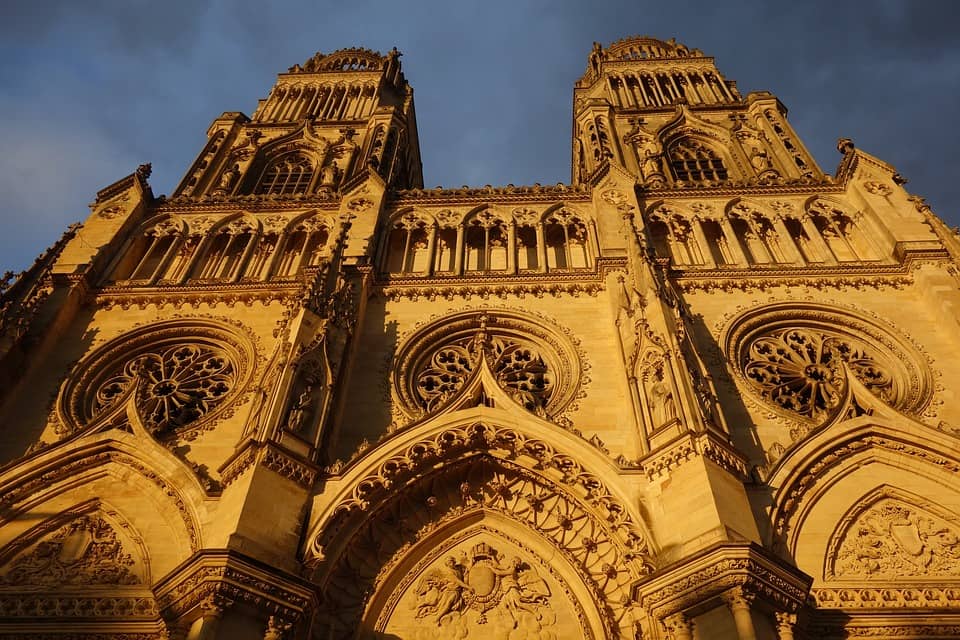
Absorbing the stately cathedral on Place Sainte-Croix, it can be a tad challenging to imagine the devastation that this place bore in the past. During the 1500s French Wars of Religion, the Huguenots did raze the cathedral down. The Orléans Cathedral is where Joan of Arc had visited for mass in the 1429 Siege of Orléans. Between the 18th-century and 1829, the building was almost rebuilt, and it was during the time that the installation of the stunning stained glass windows was done.
>>Also Read: Must-See Cathedrals in France
Join the Festivity of Fêtes Johanniques d’Orleans
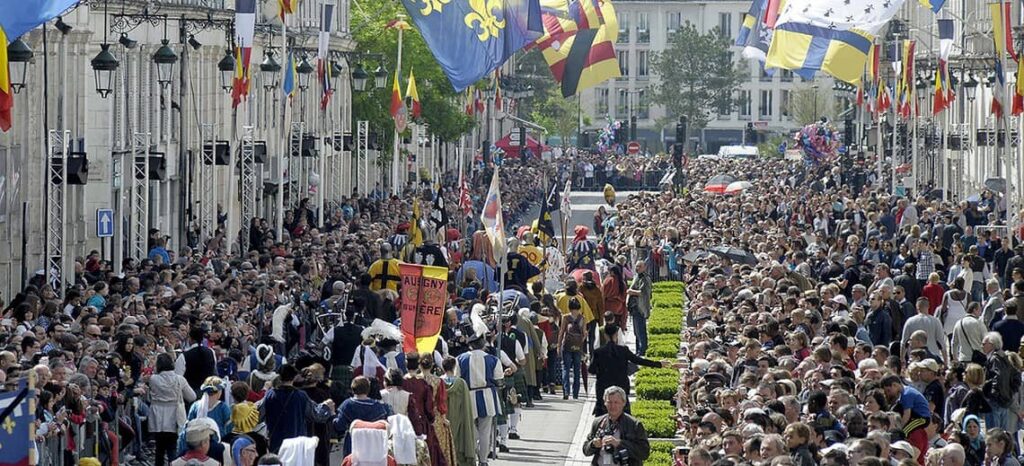
Joan of Arc arrived in the city in 1429 and defeated the English army, which, for six months, had declared their intentions to take Orléans. Since then, April 29th to May 8th have been celebrated in the city to commemorate the victory. Every year, residents try to recapture the moment that Joan’s arrived Orleans and even hold a street procession- something that actually happened in the last days of the siege to swell morale. Visitors can also find rock and pop concerts organized for youths, and Orléans’ historical attractions that are organized to reconstruct Joan’s steps through the city.
Take a Ride at Loire à Vélo
This is a long cycle pathway where you can be assured of safety. The city is close to the eastern demarcation of the Loire Valley, and if you are interested, you can indulge and ride all 314 km to Saint-Nazaire on the coast. There, you will always find a station to service your bike and places to pass the night. Some of the places even provide breakfasts for riders. On the calm expanse of the river, visitors are always close to a vineyard or chateau, and the river also threads past forest, orchards, and the grotesque saffron farm.
Visit the Collégiale Saint-Aignan
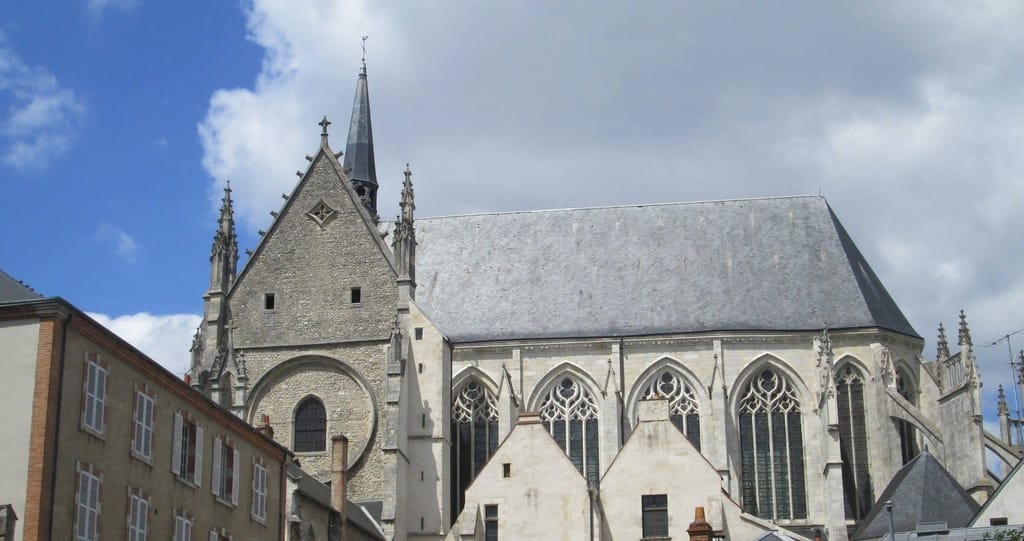
Always in a half-completed state, the Church of Saint-Aignan details Orléans’ long history better than a completed monument. Because of its proximity to the Loire and its location in the city’s suburb, the Collégiale Saint-Aignan was pulled down two times in the 100 Years’ War to prevent the English forces from making it a stronghold.
That would not be the last of its struggles, as a hundred years later, the nave was devastated by the Huguenots in the French Wars of Religion. Despite the troubles, the crypt that dates back to the 2nd-century has survived, and visitors can proceed to check out the sculpted capitals and vault ceiling.
Relax at Île Charlemagne
From the city’s central area is sport, nature, and relaxation within a few minutes at a lake complex and 70-hectare park on a big river island in the Loire River. From the scorch of the summer heat, visitors can relax on the two beaches, and they are permitted to swim in the big 28-hectare lake to their pleasure and relief.
Visitors can also hire a kayak or canoe and strut their stuff on the canoe path with projecting gates, or let the children play over the big adventure playground. There are ping pong tables on the dry land, petanque courts, mountain biking circuits, and a pony spot.
Learn History at Musée Histroique et Archéologique
In the 1400s Hotel Cabu, one of the city’s numerous quaint mansions, there is a pretty interesting collection of artifacts from different parts of Loiret. The highlight of the museum is perhaps the Gallo-Roman Treasure of Neuvy-en-Sullias. It is a repository of about 30 2,000year-old bronze statuettes retrieved from a sand quarry in the 1800s.
The bronze statuettes comprise of animals like deer, boars, and horses and a collection of mythological characters like Mars and Hercules. Visitors will be able to see also remains of the area’s medieval buildings delicately transferred there, like the Romanesque capitals form Benoit-sur-Loire’s abbey or Germigny-des-Pres’s ornate stucco.
Visit Orleans Old Town
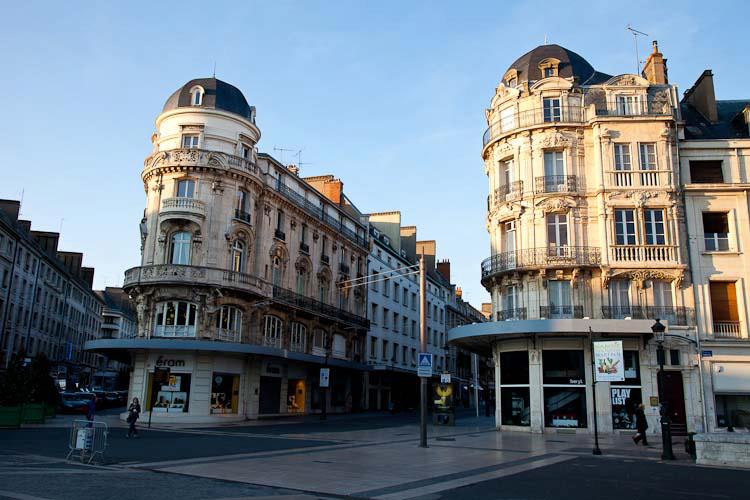
The city’s old town is surprisingly large and the ranges outside the walkable area in the middle. Even though not all the buildings are historic, it remains a treasured place with its Renaissance palaces, stunning half-timbered houses, and much more. To comprehend the size of the old town, visitors could walk along the Rue de Bourgogne, a vibrant street of bars and restaurants stretching west to east.
You will find bucolic colombages, many with painted timber frames, near the 1800s mansions. In no time, the street becomes vehicle-free, and one can meander down the adjoining streets to make rare discoveries. In addition, there is the unmissable rue de la Bretonnerie that starts from the cathedral’s north. Here is crammed with buildings from the 15th-century to the 20th-century.
Cool Off at Hôtel Groslot
This used to be Orléans’ city hall; however, it started as a mansion built in the mid-16th-century for Jacques Groslot, the city’s bailiff of the King of France. The place hosted some of the era’s most significant personalities; like the young King Francis II, who died in 1560 in what now serves as the wedding hall.
Other royals who have graced Hôtel Groslot include Francois’ young wife; his mother, Catherine de Medici; Mary Queen of Scots; King Henri III, and King Henri IV. Visit there for a free tour to know more about this royal link, and enjoy Aubusson tapestries, period furniture, and more insights on Joan d’Arc’s stint in the city of Orléans.
Enjoy the City at Place du Martroi
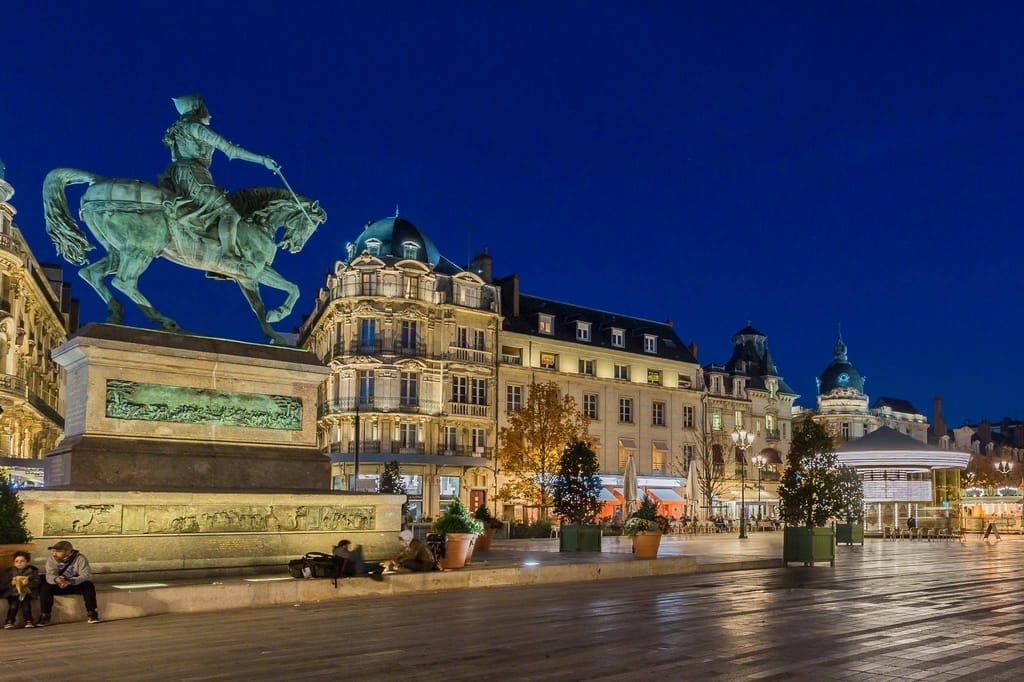
Aside from the ‘Ligne A’ tramline that still transverse the square, this place has been totally pedestrianized in recent times. The palpable attraction here is the giant statue of Joan d’Arc on horseback, made by Dennis Foyatier in 1855, on top of a massive marble rostrum with reliefs from the 1429 Siege. There is a fantastic fountain on the east side with jets coming through the paving. You will also find a carrousel, which is perfect for children in the summer. In the case that you have been out all day at tourist destinations, you can cool off at one of the café tables to absorb the neoclassical architecture with a café au lait as well as Belle Époque.
Is Orléans France Worth Visiting? – Summary
In Orléans, there are great places to stay and enjoy all that the city has to offer. With a population of 113,000 in the city center and about 264,000 in greater Orléans, you will have many choises as to what to do. If you still want to visit Paris first when you arrive in France, ensure that you find time to see the unique and inviting specialties of Orléans. The city is only 74 miles southwest of the French capital. The Loire Valley is an exciting place to visit and travel, as you will see.
>>Also Read: What is Orleans Famous For
